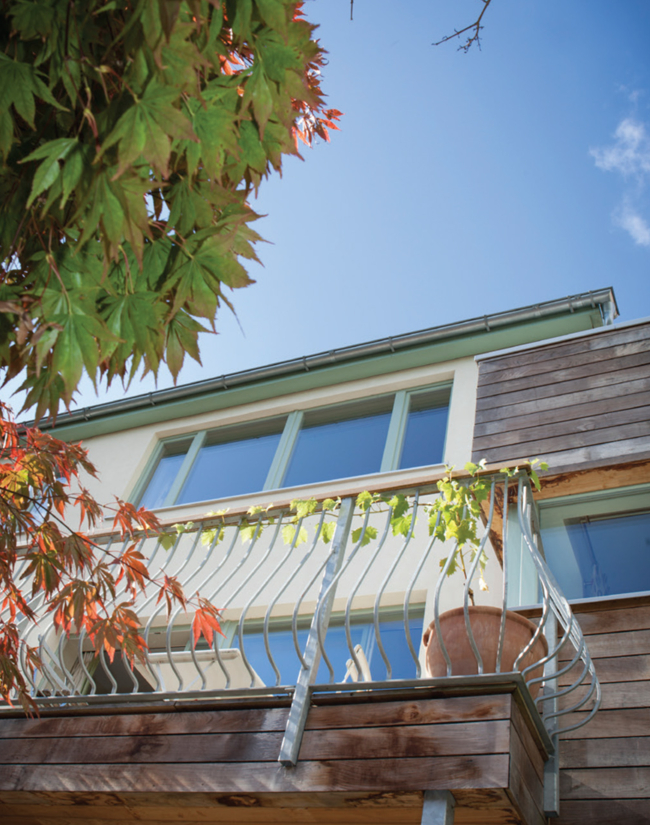After the devastation of the Northridge earthquake in 1994, Los Angeles city officials came together to make the city’s structures more resilient. They spent one year assessing the damage from the Northridge earthquake to determine what buildings posed the greatest risks. In 2015, Los Angeles wrote two new ordinances designed to prevent loss of life and the Los Angeles Seismic Retrofitting program was introduced.
Along with this new program, the mayor created a task force comprised of professionals in multiple industries. The Seismic Safety Task Force was headed by Dr. Lucy Jones of the U.S. Geological Survey. They were asked to assess the most vulnerable areas of Los Angeles in the event of a major earthquake. After a year of investigating the city, they wrote a 126-page report called Resilience by Design.
In this report, they listed four key areas they thought should be addressed. These were keeping residents safe, improving the city’s response time to a disaster, strengthening necessary infrastructure, and protecting the economy. The task force also recommended the city adopt the rating system created by the United States Resiliency Council (USRC).
Earthquake Hazard Building Rating System
USRC’s earthquake hazard building rating system covers three main areas:
- Safety – ease of escaping the building unharmed after an earthquake
- Repair – estimated cost of repairs after an earthquake versus replacement costs
- Recovery – minimum amount of time needed to remove safety hazards and complete repairs
A building is rated with a star system from 1 – 5 in each of these categories. Structures that are retrofitted to meet the current safety standards would receive a three-star rating. Los Angeles is going to implement this rating system by having public buildings and city-owned facilities assessed for their star level. City officials believe this will help them to better understand potential risks to these structures and provide solutions to fix them.
The three-tier rating system was created to help people make better decisions. By knowing how the building you work or live in is rated you will be aware of the dangers posed if an earthquake hits. The USRC rating system also benefits property owners. By displaying your verified rating badge your property is more marketable, a better investment, and a lower risk which is beneficial for insurance purposes.
How the rating components affect Los Angeles Seismic Retrofitting
To receive a USRC star rating, one of their certified professionals will assess the building’s engineering design. The ratings are then based on the vulnerability of the structure during the intense shaking forces of a major earthquake. To become certified to rate buildings for the USRC, you must have experience in structural engineering and knowledge of how buildings will perform during different natural and man-made disasters.
Factors not covered in the USRC rating
Some factors can affect your building’s rating that is beyond the scope of the engineer. These are:
- The intensity of the earthquake, or other natural disasters, maybe stronger than predicted.
- Changes made to the building after the rating was assigned.
- Residents and workers may bring in hazardous materials or create a hazard.
- Damage due to fire, flooding, or gas leaks.
- Destruction of furnishings or building contents.
- Higher costs of construction after a disaster.
- Loss of income due to business closure following an earthquake.
- The recovery component does not cover time to repair damage to functioning systems, external damage, or utility repairs.
Due to these many factors, the USRC rating is not a precise guarantee of a building’s safety. Without knowing the exact magnitude of the next earthquake, it is very difficult to predict how a building will perform. Property owners and tenants should keep these factors in mind. The USRC recommends that measures are taken to reduce risks, potential hazards are removed, and you have a plan for resuming normal business functions after a disaster strikes.
Four levels of ratings
Depending on your star rating for each of the three components, your property will receive one of four different ratings:
The USRC Certified Rating is given to buildings that comply with the city’s current codes of earthquake performance. They should protect the lives of the occupants, repair costs should be under 40% of replacement cost, and the building should be completely functional within one year of the earthquake.
The USRC Silver Rating is given to buildings that meet all of the certified standards. The repair costs are estimated to be under 20% of the replacement costs, and they are expected to be back in operation just months after a seismic event.
The USRC Gold Rating is hard to achieve. To receive this rating, your structure must exceed the current building codes for safety, meaning the occupants are expected to come out of an earthquake unharmed. The building should incur minimal damage with repair costs under 10% of the replacement costs. And a gold star building should be operational in just a few weeks after a major earthquake.
The highest rating is the USRC Platinum Rating. Receiving this distinctive badge means your building exceeds current earthquake codes in terms of protecting occupants from bodily injury and loss of life. The structure would incur small damages with repair costs under 5% of the replacement costs, and be operational just days after a major earthquake.
Can your USRC Rating be improved?
The answer to this question may seem confusing as it can but it depends on your building. A new construction project is by far the easiest way to improve this rating. When you are designing the building you can decide to exceed the current minimal building codes that cover earthquake safety. Adding a seismic design that meets the gold or platinum standard will not add much to the construction budget. And you can determine which of the three key components is most important to you.
Property owners with existing buildings, it is harder to raise the USRC rating. If you are voluntarily upgrading an existing building the city does not often require you to meet current building codes. However, with the Los Angeles seismic retrofitting being mandatory for most property owners, you stand a better chance of raising your rating to the next level.


